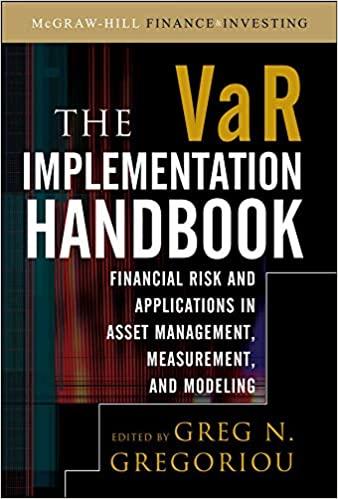Question
The discussion of EFN in the chapter implicitly assumed that the company was operating at full capacity. Often, this is not the case. For example,
The discussion of EFN in the chapter implicitly assumed that the company was operating at full capacity. Often, this is not the case. For example, assume that Rosengarten was operating at 90 percent capacity. Full-capacity sales would be $1,000 / .90 = $1,111. The balance sheet shows $1,800 in fixed assets. The capital intensity ratio for the company is: Capital intensity ratio = Fixed assets/Full-capacity sales = $1,800 / $1,111 = 1.62 This means that Rosengarten needs $1.62 in fixed assets for every dollar in sales when it reaches full capacity. At the projected sales level of $1,250, it needs $1,250 1.62 = $2,025 in fixed assets, which is $225 lower than our projection of $2,250 in fixed assets. So, EFN is only $565 225 = $340. Thorpe Mfg., Inc., is currently operating at only 90 percent of fixed asset capacity. Current sales are $676,000. How much can sales increase before any new fixed assets are needed? (Do not round intermediate calculations and round your answer to the nearest whole number, e.g., 32.) Sales growth $
Step by Step Solution
There are 3 Steps involved in it
Step: 1

Get Instant Access to Expert-Tailored Solutions
See step-by-step solutions with expert insights and AI powered tools for academic success
Step: 2

Step: 3

Ace Your Homework with AI
Get the answers you need in no time with our AI-driven, step-by-step assistance
Get Started


